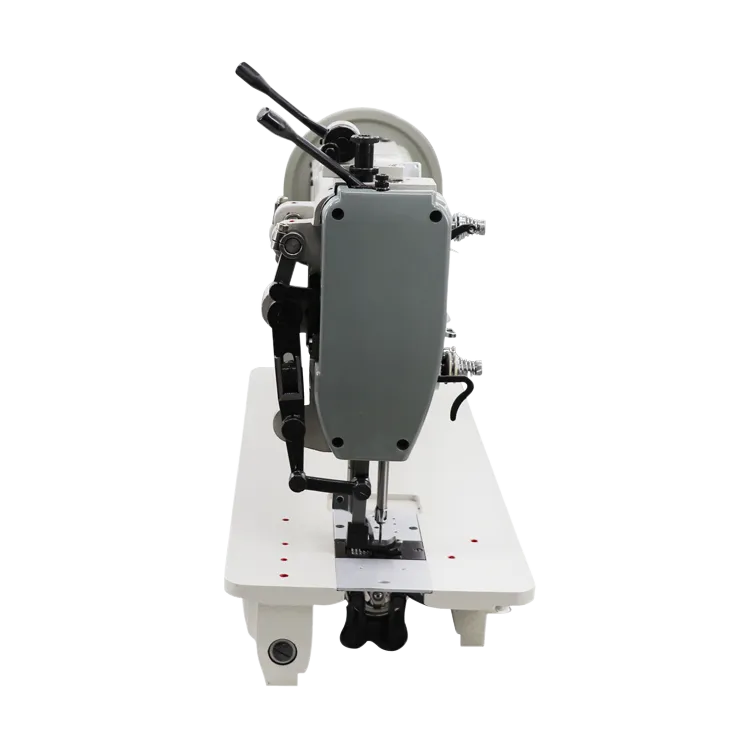Tips for Sewing Leather Successfully with a Home Sewing Machine
Sewing leather on a home sewing machine can be a rewarding and creative endeavor, allowing you to craft everything from wallets to jackets. However, working with leather does require some special considerations and techniques to achieve the best results. This article will guide you through the process of sewing leather at home.
Choosing the Right Leather
First, you need to select the appropriate type of leather for your project. Vegetable-tanned leather is a popular choice because it is easier to cut, sew, and dye. It gets softer with use and molding, making it ideal for items like bags and belts. On the other hand, chrome-tanned leather is more pliable and comes in a broader range of colors, making it suitable for a variety of projects. Keep in mind that thinner leather is generally easier to work with, especially for beginners.
Preparing Your Sewing Machine
Before you start sewing, ensure your home sewing machine is ready to handle leather. Regular sewing machines can struggle with thicker materials, so it may be beneficial to invest in a walking foot or a Teflon foot, which helps feed the leather evenly through the machine. Additionally, use a heavy-duty or leather needle, typically a size 90/14 or higher, designed to penetrate thick materials without breaking.
Thread Selection
Choosing the right thread is equally important. Polyester thread is a good choice for leather projects due to its strength and durability. Make sure your thread matches your leather in color and texture, adding to the aesthetic of your finished item.
Cutting the Leather
sewing leather on a home sewing machine

When you're ready to cut the leather, use a sharp utility knife or rotary cutter on a cutting mat for clean and precise edges. Always make straight cuts, as the nature of leather makes it unforgiving with mistakes. Use a ruler and a straight edge to guide your cuts.
Marking and Stitching
Mark your cutting lines with a chalk marker or a specially designed leather pen. It’s wise to test your stitching on a scrap piece of leather before beginning the actual project to ensure that everything is set correctly on your machine.
When you sew, use a longer stitch length (around 3.0 - 4.0 mm) as smaller stitches can perforate the leather, making it weak. Make sure to backstitch at the beginning and end of your seams to secure them.
Finishing Touches
Once you have completed the sewing, consider sealing the edges with an edge finishing tool to avoid fraying and give a professional look. You may also want to burnish the edges with a heated tool or alcohol to create a smooth finish.
Conclusion
Sewing leather on a home sewing machine may seem daunting at first, but with the right tools, materials, and techniques, you can create beautiful and durable leather items. Take your time, practice on scraps if needed, and enjoy the process of bringing your leather projects to life. Whether you’re making gifts, functional items, or personal accessories, the satisfaction of working with leather is undeniable. Happy sewing!
-
Boost Production Efficiency with a Pattern Sewing MachineNewsAug.29,2025
-
Industrial Excellence with the Best Heavy Duty Sewing MachineNewsAug.29,2025
-
Precision and Power with the Best Pattern Sewing MachineNewsAug.29,2025
-
Reliable Bulk Packaging Starts With the Right FIBC Sewing MachineNewsAug.29,2025
-
Advanced Packaging Solutions: Elevate Productivity with Jumbo Bag Sewing Machine and Industrial Stitching EquipmentNewsAug.29,2025
-
High-Performance Solutions for Bulk Packaging: FIBC Sewing Machine and MoreNewsAug.29,2025
-
Maximize Efficiency with an Industrial Cylinder Arm Sewing MachineNewsAug.28,2025


























